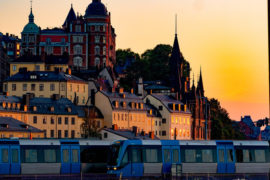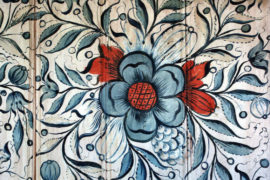Living in a greenhouse might sound like a fairytale to some, but it is actually possible and can be a practical way to create a sustainable and unique home.
In recent years, sustainable living has finally gained mainstream momentum, and people are looking for ways to reduce their carbon footprint and live in harmony with nature.
So let’s explore what the Swedish nature house is, and why people are choosing this alternative way of living.
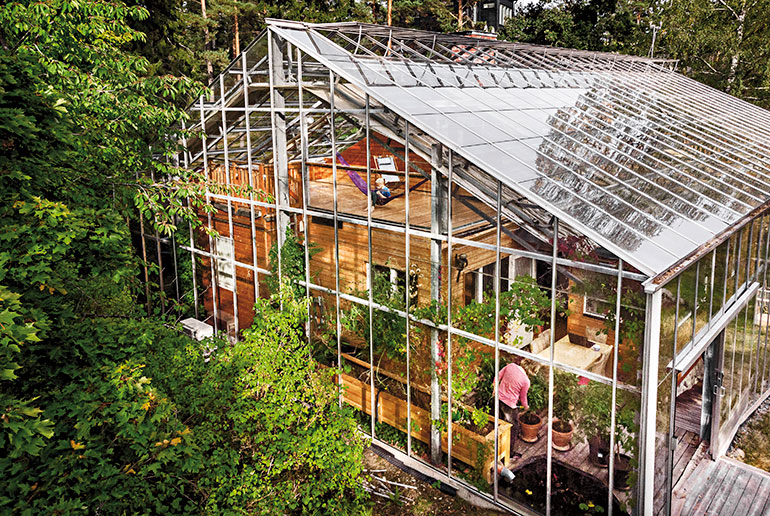
What is a Swedish nature house?
Picture this: a house or living space that’s entirely surrounded by a greenhouse structure. That is what a Swedish nature house, or naturhus, is.
Yep, it’s essentially a house within a greenhouse.
The greenhouse area wraps around the home, providing natural light, warmth and fresh air to the interior living spaces, just like a traditional greenhouse does for plants.
The concept of a naturhus originates from Sweden’s philosophy of merging nature and architecture. Many Swedes love nature, and they embrace the notion that buildings can be constructed in harmony with the surrounding environment.
The idea of integrating nature and architecture has been a fundamental principle in Swedish architecture for many years and it has also influenced the development of the naturhus concept.
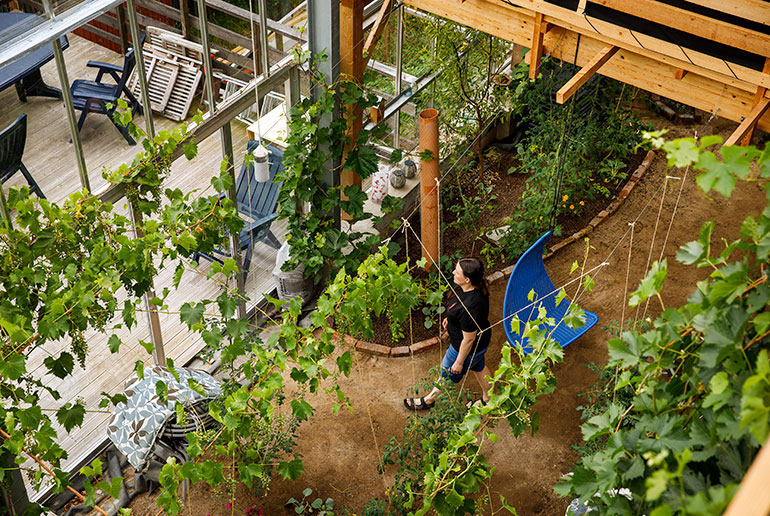
Can you actually live in a greenhouse?
Well, nature houses aren’t technically greenhouses. They are homes within, or built alongside, a greenhouse.
Nature houses incorporate natural elements such as indoor gardens, green walls and other forms of plant life. It’s similar to living in a traditional home, but you’re able to experience the benefits of being closer to nature as well.
One of the other key features of nature houses is the use of natural materials. This means they are often made from sustainable and locally sourced materials such as wood, stone and clay.
So, provided you don’t throw stones – yes, people can live in greenhouses!
Where did the idea come from?
The idea dates back to 1974 when eco-architect Bengt Warne built the first prototype naturhus in Stockholm. He built a small summer house, encased it in glass, and coined the term “naturhus”.
His naturhus was a groundbreaking design, and it lead to the development of a sustainable architectural movement that prioritizes energy efficiency, self-sufficiency and the use of renewable resources.
Then came Anders Solvarm of greenhouseliving.se, who is credited with popularizing the naturhus concept. Solvarm designed several well-known naturhus projects, and his works have helped promote a greater appreciation for sustainable and eco-friendly design.
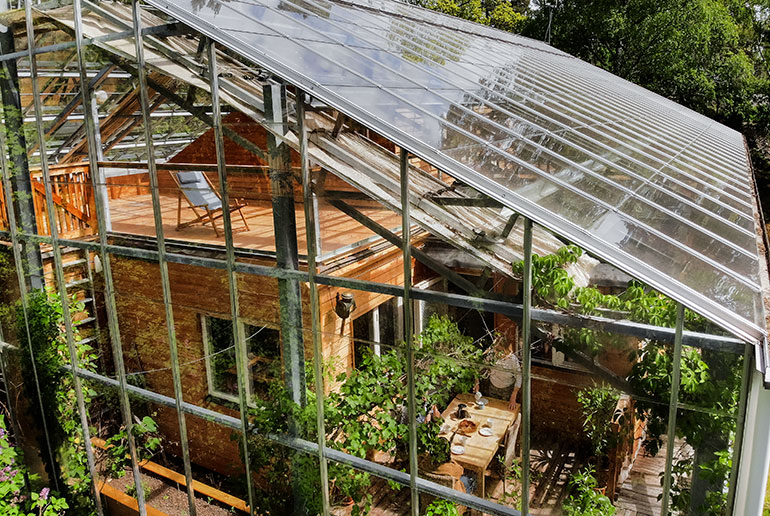
How many nature houses are there?
It is difficult to determine the exact number of nature houses worldwide. But it’s safe to say that the majority of them are located in Sweden and Denmark.
In Sweden, it is estimated that there are several hundred nature houses, ranging from small summer cottages to larger, more elaborate homes.
Denmark also has a significant number of naturhus, many designed by Danish eco-architects.
What is it like living in a greenhouse?
Living in a nature house comes with many benefits such as lower energy bills, a unique and sustainable living space, and an improvement in health and well-being.
If you want to live in a nature house, you will have to customize it according to the climate and conditions of where you live. Fortunately, there are options for those living all over the world.
Those living in colder countries like Sweden can design a nature house that is specifically suited for harsh winters.
Adaptations include thick walls, extra insulation and locating windows on the south side of the home to maximize the amount of natural light and sun that enters the space.
On the flip side, those living in warmer parts of the world can build their nature homes with features such as natural ventilation systems and large overhanging roofs to provide shade.
Building a nature home is possible no matter where you live. While the construction methods may vary depending on the location, the principles of building a nature home remain the same.
Where can you see a real nature house?
There are naturhus located throughout Sweden, but one of the best-known examples is the Uppgrenna Naturhus.
This house is situated near the town of Gränna in southern Sweden and features a café, conference rooms and therapy treatment rooms.
Uppgrenna Naturhus can be rented out, giving visitors and nature house enthusiasts the perfect opportunity to see what it’s like living in one of these unique spaces.
I want one. How much does a naturhus cost?
The cost of building a naturhus will vary depending on the size, location, materials and systems used in the construction.
But, it’s safe to say that nature houses are more expensive to build than traditional houses, due to the added cost of the greenhouse structure, the use of sustainable materials and the need for specialized builders and architects.
However, with increasing fuel costs, building a house that uses less energy than a traditional home can be cost-efficient in the long-term.
Challenges of building and maintaining a nature house
Aside from the high costs, there are also several challenges you may face when building a nature house. Some challenges to keep in mind are:
- Choosing the right builder. Finding an architect and builder who is experienced in working with sustainable materials and understands the intricate design and construction of a nature house can be hard.
- Building permits. Building regulations vary depending on the country or region you live in and strict guidelines may dictate the construction of nature houses. Check these guidelines carefully.
- Choosing the right materials. Nature houses use sustainable, eco-friendly materials with a minimal environmental impact. You may face challenges in finding materials that meet these criteria while being durable, cost-effective and practical.
How should I furnish my nature house?
One of the most exciting parts about moving into a new home is deciding how to decorate and furnish it. When it comes to a nature house, it’s good to use natural or recycled materials.
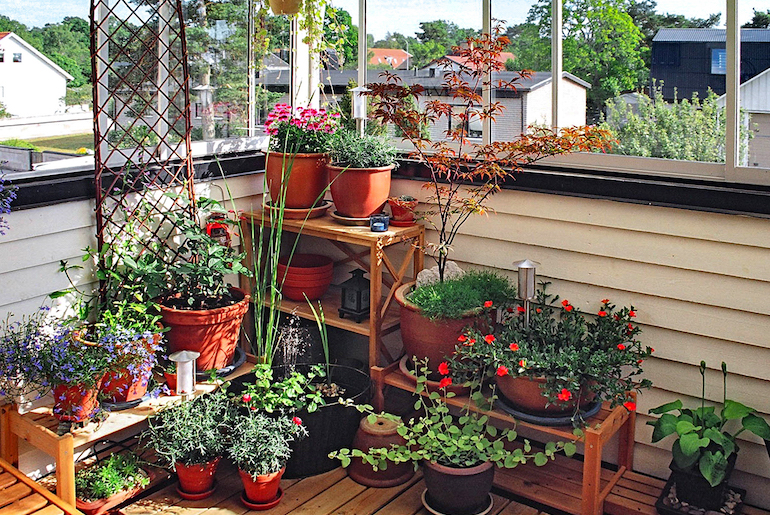
Moreover, incorporating plants and art can help optimize space and light.
You could opt for furniture made from sustainable materials such as bamboo, reclaimed wood or natural fibres. These materials not only contribute to the aesthetic of a natural home but also align with its eco-friendly values.
Is this the future of housing in Scandinavia?
In a perfect world, everyone would build a nature house. Unfortunately it’s not that simple, as few people can afford the initial outlay.
However, there are other cheaper trends that are shaping the future of housing in Scandinavia.
One example is the smart home which integrates technology to control energy usage. This leads to reduced energy bills and a smaller environmental footprint.
Another example is the idea of urban farming. Urban farming involves growing fruit and vegetables on balconies and rooftops. This helps those living in apartments to reduce their food miles and eat healthier.
Although not unique to Scandinavia, these ideas will play an important part in tomorrow’s housing developments.
How do I find out more about naturhus?
Interested in learning more about the Swedish naturhus? Check out the following resources:
Naturhus by Marie Granmar
Greenhouse Living
Sweden: Naturhus Apple TV series
Greenhouse in Sweden YouTube
Family wraps home in greenhouse Youtube
Naturvilla.com
Elin West
Swedish Log Cabin Encased In A Greenhouse Metro
See also:
12 of the best places to stay in Scandinavia
10 cool places to stay in Finland
Unusual places to stay in Denmark







